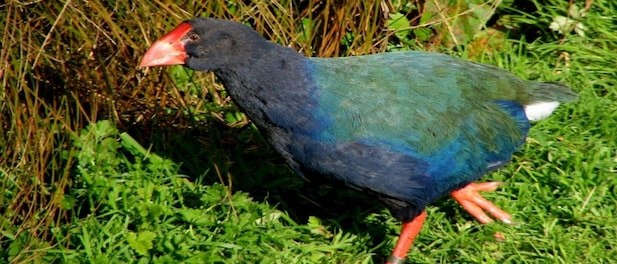Free Courses Sale ends Soon, Get It Now


Free Courses Sale ends Soon, Get It Now



Disclaimer: Copyright infringement not intended.
Context
Details
Reintroduction of the Takahē
Unique History and Challenges
Taxonomy and Naming
Conservation Efforts
Habitat and Behavior
Physical Characteristics
Predator Control Efforts
New Zealand's Conservation Commitment
|
PRACTICE QUESTION Q. Which of the following statements about the South Island Takahē is/are correct? 1.The South Island Takahē (Porphyrio hochstetteri) was rediscovered in the Murchison Mountains after being officially declared extinct in 1898. 2.The primary habitat of the South Island Takahē is tropical rainforests. 3.Conservation efforts for the South Island Takahē include captive breeding and reintroduction to predator-free islands. Options: a) Statements 1 and 3 are correct. b) Statements 1 and 2 are correct. c) Statements 2 and 3 are correct. d) Statements 1, 2, and 3 are correct. Answer: a) |
© 2024 iasgyan. All right reserved